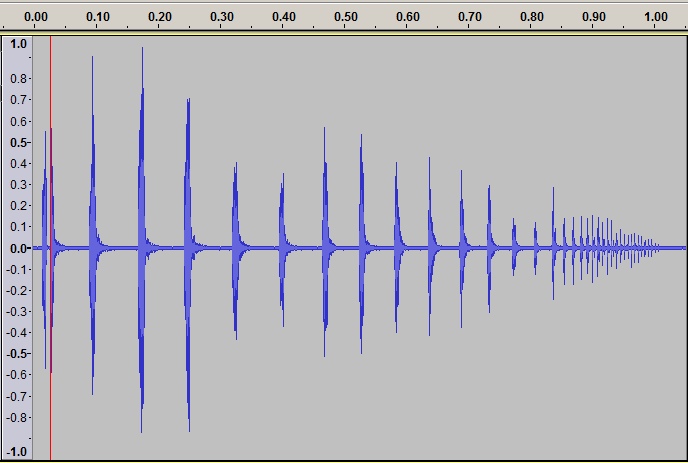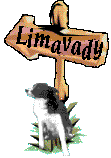|
The sounds of bat and owl |
|
|
Below is the sound of a Leisler's bat. It was recorded using a time expansion bat detector. These detectors produce a most lifelike sound. The bat call is recorded at a very high sample rate and then played back 10 times slower. Leisler's bats produce calls just at the border of human hearing - around 20kHz. Playing them back 10 times slower reduces that frequency to 2kHz easily heard even by us. Leisler's bats are early risers and start hunting around sunset. Soprano pipistrelle The sound below is from a soprano pipistrelle. This is the smallest of the bats found in Northern Ireland. Its call is around 55kHz - well above human hearing. The sample below was recorded with a frequency division bat detector. This instrument detects the call of the bat and divides the received frequency by ten, bringing the call within the human hearing range, but also adding some distortion.
Soprano pipistrelle social call Bats use ultrasound not only to locate their prey but also to communicate with each other. The higher the frequency of an ultrasound, the easier it gets absorbed by the air. So much so that a pipistrelle can't detect any insects further away than about 30 metres. This is no good for chatting with your friends or warning them to keep their distance,. Social calls of bats are produced at a much lower frequency, so they travel further. These calls have a frequency of between 20 and 30kHz - still outside the human range of hearing Here is the sound of a soprano pipistrelle slowed down 30 times. This makes it much easier to recognize the fine nuances of the call. The higher sounds are echo location calls, the lower notes are social calls. Notice that the social call consists of three parts, like this: pwiaou - pwiaou - pwiouuuuuu. I suspect that the social call below was produced by my friend Batrick. He is a male soprano pipistrelle living in our yard and he is advertising his presence to any female that may pass by.
Soprano pipistrelle social call and Leisler's bat echo location call
 The graph on the left plots time on the horizontal axis and
amplitude (loudness) on the vertical. Notice how the amplitude drops as
the bat gets closer to its prey. No point wasting energy on a loud noise
when a quieter one produces enough of an echo to tell you what's going on. The 'buzz' is
the final closely spaced section. Also notice the time scale at the top. The call is exactly one
second long. Remember however that it is slowed down by a factor of ten,
to make it audible to the human ear. This means that the actual call only lasted one tenth of a second!
The calls were produced by a soprano pipistrelle - our resident bat. Quite a performance!
You are actually looking at a single pipistrelle lit up by two flashes fired in rapid succession.
|
|
A large sample of bat calls If what you have read above has watered your appetite and you would like to do some experimentation with bat calls yourself, why not try the link below. It leads to a page from which you can download 2 minutes of concentrated bat calls recorded with one of the best microphones available. But be warned - the file is nearly a hundred mega bytes long. Click here to bat. |
|
Cuckoo Here is our local cuckoo. A bird with a very monotonous call. He will go on like this for hours on end.
Juvenile long-eared owls The next sample is rather different. It is the sound of two juvenile long-eared owls begging for food. They will keep this duet going for an hour or more, which means that either they are not getting fed or else they are very, very hungry. |
This is one of the two squeaky characters
 |
And here is one of the parents
|
